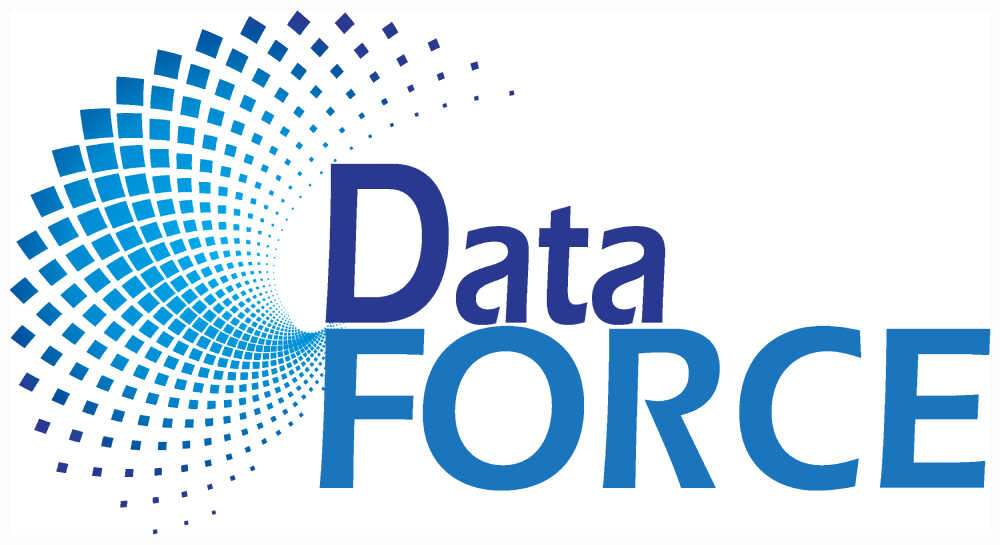
Are you feeling lost in the world of Research? Don’t be discouraged! Start by understanding our list of the most commonly used terms and their definition.
Survey – is a research tool that includes one or more questions aimed at collecting data from a specific group of people using an oral or written method. Surveys may be distributed by phone, mail, face-to-face, or online. A survey can mean the entire research project, but it is also used to refer to the questionnaire itself.
Multi-modal methods (mixed-mode surveys) – are research surveys that use two or more communication forms to reach respondents (e.g., telephone and email).
Market research – is an essential component of business strategy and pertains to gathering information about the consumers, product or service satisfaction, or the target market.
Case Study – the gathering of data for a detailed investigation of a single individual, group, organization, project, or action, to determine the causes of underlying principles.
Quantitative Research (Quant.) – Research wherein respondents’ answers are converted to numerical data, then analyzed using statistical, mathematical, or computational techniques. In quantitative research, results from a larger sample population are generalized using measurable data to quantify attitudes, opinions, behaviors, and other variables.
Qualitative Research – is mainly exploratory research. It is used to dive deeper into a problem by gathering non-numerical data through a scientific observation method. Methods in this research include personal interviews, focus groups, and observation.
QRE. – Is the shortened term for questionnaire.
Participants – The potential research respondents or the people asked to participate in your study.
Respondents – The people who answer your survey questions.
Completion rate –The percentage of people who successfully completed the questionnaire, against those who started it.
Response rate – The percentage of people who answered and returned the questionnaire compared to how many people were invited to take the survey.
Open-ended question – a type of question that allows respondents to give a free form answer. i.e., Please tell us how you feel about your interaction.
Close-ended questions – a type of question that has limited options for response. For example: multiple choice or yes/no questions.
Fielding – a term in research that means the survey is actively gathering responses. Surveys can be fielded by phone, mail, paper, online, mall intercept, and so on.
Population – is the total number of people the research wants to understand. For example, if the data collection project is for an employee satisfaction survey, and the company has 1000 employees, 1000 is the population.
Sample – refers to the population investigated in a research study. A sample population reflects the group of people to whom results will be generalized. A larger sample size means more reliable results; however, it also results in higher survey costs.
Random Sampling – is a procedure for sampling from a population in which selecting the sample is based on chance, resulting in no noticeable pattern in the selection, outside of chance. All members of the population have an equal opportunity of being chosen as part of the sampling process.
Margin of Error – is how much error you can risk. If you have a margin of error of 5%, and the result of the survey shows 90% of the employees are happy- 85%-95% is the actual number. Simply, 5% is added and deducted on both ends.
Confidence Level – tells you how sure you can be. It is expressed as a percentage and represents how often the true percentage of the population who would pick an answer lies within the confidence interval. The 95% confidence level means you can be 95% certain; the 99% confidence level means you can be 99% certain. Most researchers use the 95% confidence level.
Rating Scales – rating scales ask respondents to rate how much they agree or disagree with a statement using a common scale (e.g. 1 to 5, where 1=low and 5=high). These are useful for gauging respondents’ opinions, attitudes, and behaviors.
Pre-incentive – Also known as a token incentive, are sent with the survey invitation whether the respondent completes it or not.
Promised offer – This is an offer a respondent will receive after completing the survey. This method is effective, but naturally, the monetary incentive should be higher since they will have to wait for it.
Online Survey – Technology has enabled online surveys to become the most popular and cost-effective type of survey. A respondent can complete the webform questionnaire over the internet. The information collected is stored in a database and can be reviewed at any time.
Telephone Survey – The medium used to contact respondents is the telephone. An interviewer follows a script asking a specific set of questions to the respondents, and a data entry software is used to record the respondent’s answers.
Face-to-Face Survey – is one of the oldest methods used to collect data. The researcher typically interviews in the home, office, hangout place, etc., of the target respondent. This is the most personal approach and best used if you are looking to raise trust and cooperation from respondents. Interviewers have to be trained well, including reading non-verbal cues to direct the interview better.
Mail Survey – Questionnaires take longer to execute since they are sent via mail service, however mail surveys have been identified to provide higher response rates. Large-scale paper surveys usually require scanning for data collection, organizing, and analysis.
Data – statistics collected for research purposes.
Mean – is the average value, where all the numbers are added and then divided by the count of numbers added.
Median – is the middle value in the list of values. To find the median, the numbers are listed in numerical order from the smallest to largest, and the center value identified. i.e., 3, 5, 9; 5 would be the median.
Mode – is the value that occurs most frequently in the data set. A set of data may have one mode, more than one mode, or no mode at all.
Statistical significance – Statistical significance is the probability that the result generated from the relationship between two or more variables is caused by a specific cause and not likely to occur randomly or by chance.
ANCOVA (analysis of covariance) – is done by using linear regression and is used in evaluating if the mean values of a dependent variable are related to the effect of the controlled independent variables, often called a treatment, while taking into account the effect of the uncontrolled independent variables.
ANOVA (analysis of variance) – in its simplest form, it provides a statistical test in looking for a significant difference between the means of two or more groups on a variable.
Apparency – well-defined and understandable depiction of the data
Bell Curve – the most common type of distribution for a variable, and therefore, describes the graphical representation of a normal probability distribution.
Data Schema – is a blueprint of what all the numbers mean in the data file from the data collection results.
Data entry – the manner of inputting data from research into an electronic format.
Data Mining – the manner of extracting data patterns by analyzing large databases.
Accuracy – reflects the extent of match between the sample and target populations.
Are there other survey terminologies you think we should add to our list? Let us know in the comments section below.

Be careful in using survey terminologies in your questionnaires. These terms can turn them complicated, confusing, and intimidating language to the target audience. Check out our tips on How to Avoid Jargon in Your Survey.
For more information on project consulting services, mail survey management, forms processing services, and data collection in general, contact DataForce!
